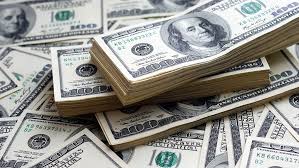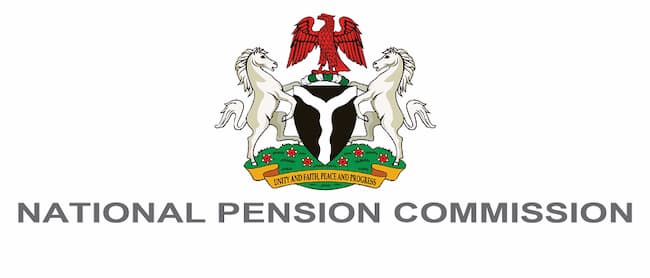The US dollar showed a mixed performance against major currencies early Thursday, strengthening against the Japanese yen and Canadian dollar while declining against the euro and British pound. The forex market reacted mildly to the US government’s announcement of a 25% tariff on auto imports.
Analysts suggested this could be due to “tariff fatigue” or expectations of lenient reciprocal tariffs. Currencies of affected countries—including Mexico, Canada, Germany, Japan, and South Korea—remained largely stable.
EUR/USD rose to 1.0781 from 1.0751 at Wednesday’s close but remained below the 1.0792 level recorded earlier that day. Eurozone private sector loan growth accelerated, with lending to households rising to 1.5% in February from 1.3% in January, and business loans increasing from 2% to 2.2%. Analysts noted that while loan growth remains below 2017-2019 levels, it could recover if financial conditions improve.
GBP/USD climbed to 1.2937 from 1.2889 despite a lack of key UK economic data, with traders looking ahead to the next Bank of England meeting on May 8.
USD/JPY increased to 150.8560 from 150.5781 at Wednesday’s close, with no significant Japanese economic data released overnight. The Bank of Japan is set to meet on April 30–May 1.
USD/CAD edged up to 1.4285 from 1.4282 as traders awaited Canadian average weekly earnings data for January, scheduled for release at 8:30 a.m. ET. The Bank of Canada’s next policy meeting is set for April 16.
Investors are monitoring upcoming speeches from European Central Bank officials, including ECB President Christine Lagarde, and the next ECB policy meeting on April 16–17. Analysts warn that escalating trade tensions could weigh on the euro, while the broader forex market remains focused on central bank policy decisions in the coming weeks.














